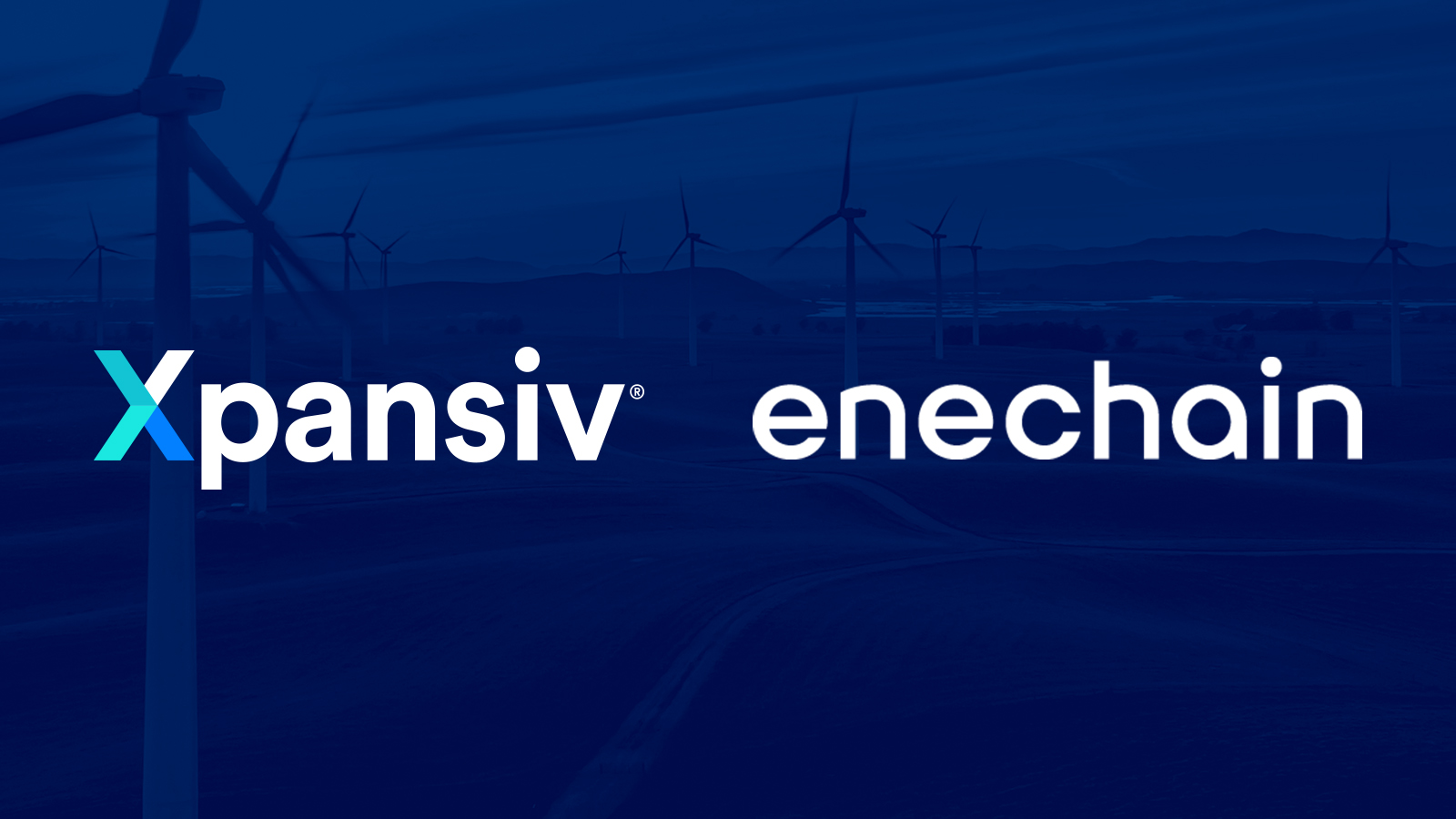Featured News
Press

“It’s a new sector,” says Henrik Hasselknippe, Xpansiv Head of Markets. “There are a number of participants coming in with solutions to problems that are not always there.”
Part of global exchange platform CBL, Xpansiv covers 41% of the voluntary carbon market. Last year, 122 million tonnes of carbon were traded through its exchange and registry infrastructure. Hasselknippe argues that bilateral trading between counterparties will sometimes be the easiest way to execute a transaction. But what any exchange can do is remove the counterparty risk.
Users of the platform can submit bilateral trades to Xpansiv for clearing and settlement. This process is simplified by the use of standardized contracts, which act as a label to guarantee that each credit will meet a certain set of quality-related criteria.
Exchange platforms understand how fast the market is changing. Operators have been forced to focus on delivering as much granular data as possible. Each carbon credit project ID number will be linked to publicly available registry data according to variables including vintage, location, methodology and monitoring.
“It is mind boggling, this is more information than any commodity trader would likely have on most other commodities they trade,” says Hasselknippe. “Anyone who is an experienced commodity trader will understand how that operates.”

Henrik Hasselknippe, head of markets at Xpansiv, told Environmental Finance: “Environmental commodities—such as carbon credits and differentiated fuels—represent the environmental impact of a given commodity. In two or three years’ time, I think everyone will have moved away from referring to them as ‘ESG commodities’ and that will just be the way the market views all commodities.
“An environmental footprint can best be represented in a number of ways, such as the production method, carbon dioxide (CO2) released, and methane and water intensity. For instance, cotton and rice production have a larger environmental impact on water usage rather than CO2. So, how do you express that? That’s really what we’re working on: quantifying the embedded, environmental impact within global commodity markets.
“I’m not a big fan of the term ‘ESG commodity’ because all commodities must eventually be valued by these impact factors.”

CME Group will extend the range of contracts covered by its CBL Nature-based Global Emissions Offset (N-GEO) futures contract to the year 2027, following an increase in traded volumes in recent months. Liquidity has grown in the futures contract, which is widely seen as the frontrunner to become the VCM’s biggest price benchmark.

“The way that commodities trade now is probably not the way they’re going to trade in the future,” says Ben Stuart, Xpansiv chief commercial officer. “The attributes around their generation, and how they’re produced, are going to have a pricing impact.”
This includes the methane emissions associated with the production of natural gas. Xpansiv has a product that provides detailed environmental data about oil and gas production that allows more efficient producers to market their lower carbon footprint. “If they have less impact at the point of production, and therefore, having less impact on the environment, then that information needs to be priced into those commodities,” says Stuart.
As for the quality of carbon credits. Stuart emphasises that Xpansiv acts as the infrastructure provider, market platform and registry for parties trading these carbon credits. It leaves the crediting process to independent third parties such as American Carbon Registry and government agencies such as Australia’s Clean Energy Regulator.

Globally, companies are driving changes to their emissions profile, both through direct impacts to their operations, but also drawing on mechanisms like the VCM to complement their activities.
The VCM has already evolved into a robust market framework that supports the needs of these participants with respect to price transparency, ability to manage risk through hedging and use of benchmarks, and the stability of independent standards bodies to assure that the associated offsets are well-understood and fulfill integrity requirements.
While all markets — established and new — require constant scrutiny to assure they are robust, the VCM has all the elements in place that enable companies to act in confidence using this mechanism.

CBL provides a platform for corporates not keen to spend too much time on paperwork as well as a network of major offset buyers and sellers. It also operates several futures contracts in partnership with CME Group that are increasingly seen as the sector’s benchmark.
Several exchanges have created new futures contracts in recent months, but have so far failed to garner sufficient liquidity to compete with CME/CBL.












